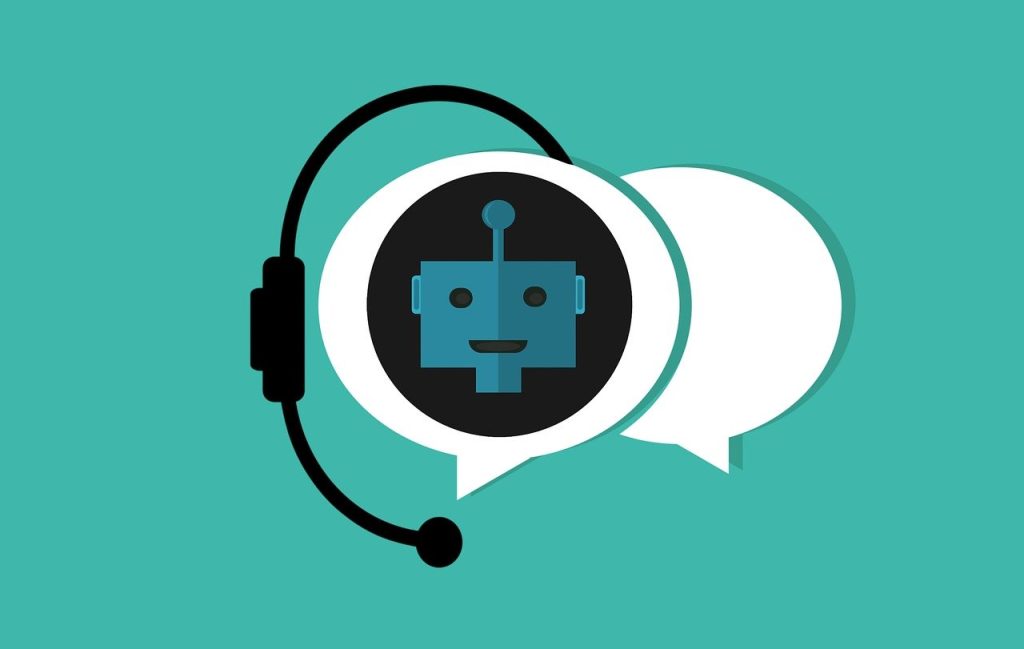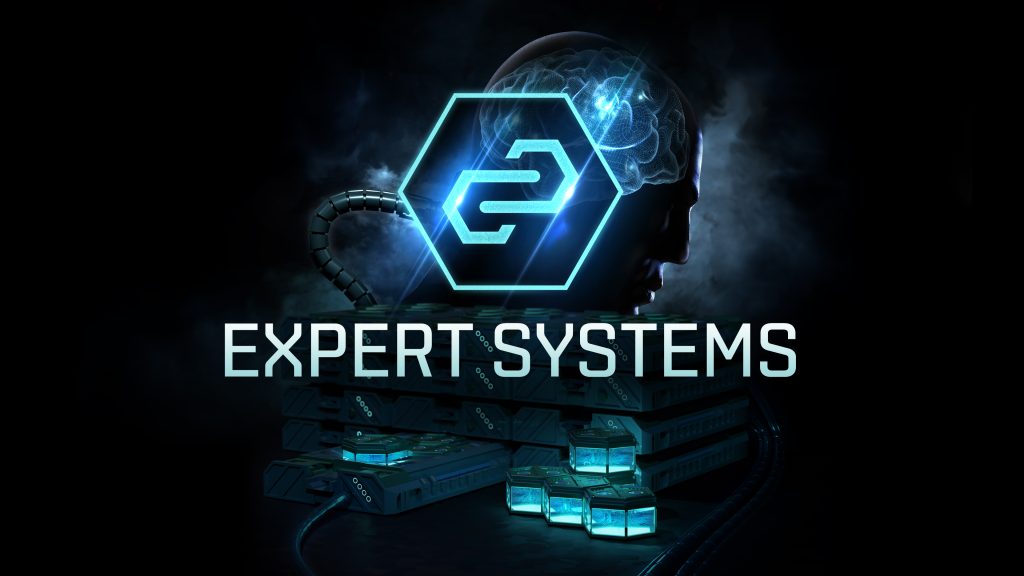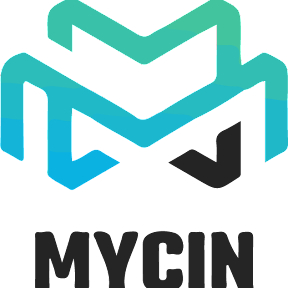
What is an AI chatbot?
AI-powered chatbots provide a more human-like experience, are capable of carrying on natural conversation, and continuously improve over time. While basic chatbot technology moves the conversation forward via bot-prompted keywords or UX features like Facebook Messenger’s suggested responses, AI-powered chatbots use natural language processing and leverage semantics to understand the context of what a person is saying.
The most powerful AI chatbots have the most sophisticated artificial intelligence software built. So what does a powerful customer service chatbot look like? Here’s an example of what a powerful AI chatbot might look like if you could see it.
Here are the top 10 chatbots known for their capabilities and popularity:
- IBM Watson Assistant
- Google Dialogflow
- Microsoft Azure Bot Service
- Amazon Lex
- Facebook Messenger Platform
- LivePerson
- Chatfuel
- Botpress
- Oracle Digital Assistant
- Rasa
1. IBM Watson Assistant:
IBM Watson Assistant is a versatile chatbot platform that offers advanced natural language understanding, context retention, and integration with various systems.
Key Features:
- NLP and machine learning to gather context.
- Train it with industry and business-specific data so it gives chatters business-relevant information.
- It can run on your website, messaging channels, customer service tools, and mobile app, and you can quickly get started with the low-code builder.
2. Google Dialogflow:
Dialogflow, powered by Google Cloud, provides developers with tools to build conversational agents for websites, mobile apps, and other platforms.
Key Features:
- Natural Language Understanding: Dialogflow incorporates advanced natural language understanding (NLU) capabilities. It can comprehend and interpret user input, extracting intents, entities, and context from conversational text or speech.
- Intent Recognition: Dialogflow allows developers to define and train custom intents, which represent the intentions or goals of the user’s input. It can accurately recognize and match user intents to trigger appropriate responses or actions.
- Entity Recognition: Dialogflow enables the identification and extraction of specific entities from user input. Entities represent important pieces of information in a conversation, such as dates, locations, names, or custom-defined entities specific to the application domain.
3. Microsoft Azure Bot Service:
Azure Bot Service allows developers to build and deploy intelligent bots using Microsoft’s AI and NLP capabilities. It supports integration with various channels and platforms.
Key Features:
- Bot Building Tools: Azure Bot Service provides a set of development tools, including the Bot Framework SDK, which allows developers to build chatbots using various programming languages such as C#, Node.js, and Python. It also supports code editors and integrated development environments (IDEs) for streamlined bot development.
- Natural Language Understanding (NLU): Azure Bot Service leverages Microsoft’s Language Understanding (LUIS) service, which offers advanced natural language processing (NLP) capabilities. Developers can use LUIS to train their chatbots to understand user intents and extract entities from user inputs.
- Channel Integration: Azure Bot Service supports integration with multiple channels and platforms, including popular messaging platforms like Microsoft Teams, Facebook Messenger, Slack, and more. This allows developers to deploy their chatbots on various platforms and reach users through their preferred channels.
4. Amazon Lex:
Lex is the chatbot platform by Amazon Web Services (AWS) that enables developers to create conversational interfaces for voice and text-based interactions using Alexa’s technology.
Key Features:
- Natural Language Understanding (NLU): Amazon Lex uses advanced NLU capabilities to understand and interpret user input in text or speech format. It can accurately comprehend user intents and extract relevant entities from the input.
- Intent Recognition: Amazon Lex allows developers to define and train custom intents that represent the goals or actions the user wants to perform. It accurately recognizes user intents to trigger appropriate responses or actions.
- Speech Recognition and Synthesis: Amazon Lex supports automatic speech recognition (ASR) and text-to-speech (TTS) capabilities. This allows chatbots built with Amazon Lex to interact with users through voice-based interfaces, providing a more natural conversational experience.
5. Facebook Messenger Platform:
Facebook Messenger’s chatbot platform allows businesses to create AI-powered bots to interact with users on the Messenger app, providing customer support, content delivery, and more.
Key Features:
- Messenger API: The Messenger API allows developers to build chatbots that can send and receive messages on behalf of a Facebook Page. It provides programmatic access to various messaging features, including sending text, images, videos, buttons, and quick replies.
- Natural Language Processing (NLP): The Messenger Platform includes built-in NLP capabilities, called Wit.ai, which enable chatbots to understand and interpret user input. Developers can train their chatbots to recognize intents, entities, and context from user messages.
- Quick Replies and Buttons: Developers can create interactive conversations using quick replies and buttons. Quick replies are predefined response options that users can choose from, while buttons can be used for various actions like opening URLs, triggering phone calls, or performing specific tasks.
6. LivePerson:
LivePerson offers AI-powered chatbots and conversational AI solutions for businesses, enabling them to automate customer interactions and provide personalized experiences.
Key Features:
- Conversational AI: LivePerson incorporates artificial intelligence and natural language understanding to power conversational interactions. Its AI capabilities enable businesses to understand and respond to customer inquiries in real time, providing personalized and contextually relevant experiences.
- Messaging and Chat Channels: LivePerson supports messaging and chat channels, allowing businesses to engage with customers through popular messaging platforms like Facebook Messenger, WhatsApp, Apple Business Chat, and SMS. This multi-channel approach enables businesses to reach customers on their preferred communication channels.
- Automation and Chatbots: LivePerson enables businesses to deploy chatbots and automation solutions to handle routine customer inquiries and tasks. Chatbots can provide instant responses, assist with order tracking, schedule appointments, and more, freeing up human agents to handle more complex customer needs.
7. Chatfuel:
Chatfuel is a popular chatbot development platform that simplifies the process of building AI-powered bots for Facebook Messenger and other platforms, with drag-and-drop functionality.
Key Features:
- Visual Chatbot Builder: Chatfuel provides a user-friendly visual chatbot builder interface that enables developers and non-technical users to create chatbots without coding. It offers a drag-and-drop interface for designing conversational flows and adding various elements like text, buttons, images, and more.
- Natural Language Processing (NLP): Chatfuel incorporates NLP capabilities to understand and interpret user input. It can recognize intents, extract entities, and handle user queries more effectively, resulting in more accurate and contextually relevant responses.
- Multi-channel Deployment: Chatfuel allows chatbots to be deployed on multiple messaging platforms, including Facebook Messenger, Instagram, WhatsApp, and more. This multi-channel support ensures that businesses can reach their customers on various platforms and engage with them seamlessly.
8. Botpress:
Botpress is an open-source chatbot development framework that provides a visual interface, AI capabilities, and integration options for building and deploying chatbots.
Key Features:
- Visual Flow Editor: Botpress provides a visual flow editor that allows developers to design conversational flows and create chatbot interactions using a drag-and-drop interface. This makes it easy to build complex chatbot conversations without writing extensive code.
- Natural Language Understanding (NLU): Botpress integrates with popular NLU frameworks like Rasa and Dialogflow, enabling developers to leverage advanced NLU capabilities for understanding and interpreting user input. It supports intent recognition, entity extraction, and context management.
- Multi-Channel Support: Botpress allows chatbots to be deployed on various messaging channels, including websites, messaging apps, and voice platforms. This multi-channel support ensures that businesses can reach their users on their preferred platforms and engage with them seamlessly.
9. Oracle Digital Assistant:
Oracle Digital Assistant is an enterprise-grade chatbot platform that combines AI, machine learning, and natural language processing to create intelligent and contextual conversational experiences.
Key Features:
- Natural Language Understanding (NLU): Oracle Digital Assistant leverages NLU capabilities to understand and interpret user input. It can recognize intents, extract entities, and handle complex user queries, enabling more accurate and contextually relevant responses.
- Multi-Channel Support: Oracle Digital Assistant supports deployment across various channels, including websites, mobile apps, messaging platforms, voice assistants, and more. This multi-channel capability ensures businesses can engage with their customers on the platforms they prefer.
- Dialog Flow Management: The platform offers a visual dialog flow builder that allows developers to create conversational flows and define chatbot interactions. It provides a drag-and-drop interface for designing complex dialog flows, incorporating branching logic, and managing context.
10. Rasa:
Rasa is an open-source chatbot framework that offers tools and libraries for building and deploying AI-powered chatbots. It provides flexibility and customization options for developers.
Key Features:
- Natural Language Understanding (NLU): Rasa includes a powerful NLU component that allows developers to train models to understand and interpret user input. It supports intent classification and entity extraction, enabling an accurate understanding of user intents and extracting relevant information.
- Dialogue Management: Rasa provides a flexible dialogue management system that allows developers to design and manage complex conversational flows. It supports slot-filling, and context management, and handles dialogue policies to create interactive and context-aware conversations.
- Open-Source: Rasa is an open-source framework, which means it is freely available for developers to use and customize. Being open-source provides transparency, and flexibility, and allows for community contributions and continuous improvement of the platform.



